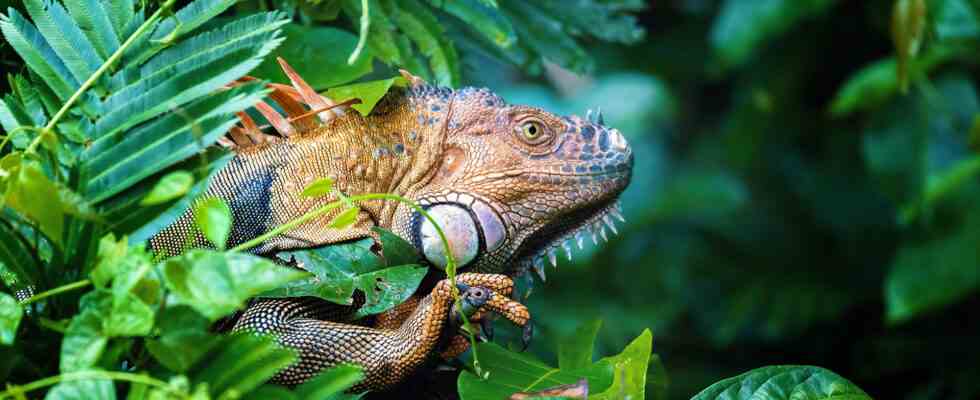background
Status: 11/07/2022 7:31 p.m
Intact ecosystems have a high economic benefit. But can the performance of forests, moors and insects be quantified at all? An economic view of biodiversity.
Biodiversity is an economic factor. And researchers have tried to quantify the services provided by ecosystems for humans in monetary terms – i.e. the interaction of microorganisms, animals and plants. “This includes something like providing fertile soil or pollinating crops, stabilizing the global climate or keeping the air and water clean,” explains tropical biologist Frauke Fischer tagesschau.de.
A team of scientists led by Robert Costanza from the Australian National University in Canberra has estimated global “eco-services” at a total of 125 trillion US dollars a year. That was in 2011 and at that time corresponded to twice the global gross domestic product. Such an overall balance of the performance of the world ecosystem has only been collected twice so far, as it is extremely complex, says Fischer. The balance sheet shows how great the economic importance of ecosystems is.
Nutrition depends on fertile soil
“In some cases, we cannot replace these ecosystem services at all, such as the generation of fertile soil, on which our world food depends,” says the expert. This has hardly reached the public consciousness.
A good 20 years ago, Frauke Fischer founded Germany’s first management consultancy with a focus on biodiversity in Frankfurt – the “Agentur auf!”. Since then, more and more companies have become interested in the topic. The agency is currently advising fintechs on the development of investment products with a positive effect on biodiversity.
“What is worthwhile is financed”
However, the large flows of capital still flow to where the short-term returns are tempting, says Christian Klein, who researches sustainable finance at the University of Kassel. “Capital markets work like this: everything that is worthwhile is financed. It doesn’t matter whether it’s green or brown, dangerous or not.” Examples are investments in fossil fuels such as oil and gas – regardless of the environmental risks. Or large food companies that are destroying the rainforest because it makes the cultivation of cocoa cheaper in the short term.
In some sectors, however, risks from the destruction of ecosystems have already been priced in – for example in the case of insurance companies, which have to reckon with greater damage from climate change. Or companies in the food industry that see the loss of biodiversity as a threat to food security.
Slow rethinking
A rethink is taking place, but very slowly, says biodiversity expert Fischer. “Right now we’re seeing a race between those who make money destroying rainforests and those who think about how to conserve rainforests. And the method of destroying rainforests and making money from it, that’s what we’ve been doing for almost 200 years and unfortunately very successful.” According to Fischer, the method of protecting the rainforest and earning money at the same time is only just beginning to develop.
Balancing ecosystem protection with short-term returns seems almost impossible right now. In the long run things look different. At the beginning of last year, the United Nations recommended that its member states also include “ecosystem services” in gross domestic product, such as forests or wetlands. This revaluation of natural resources could be an opportunity – if enough countries participate.
Biodiversity as an investment for the future
Bianca von der Au, HR, November 7th, 2022 7:08 p.m

